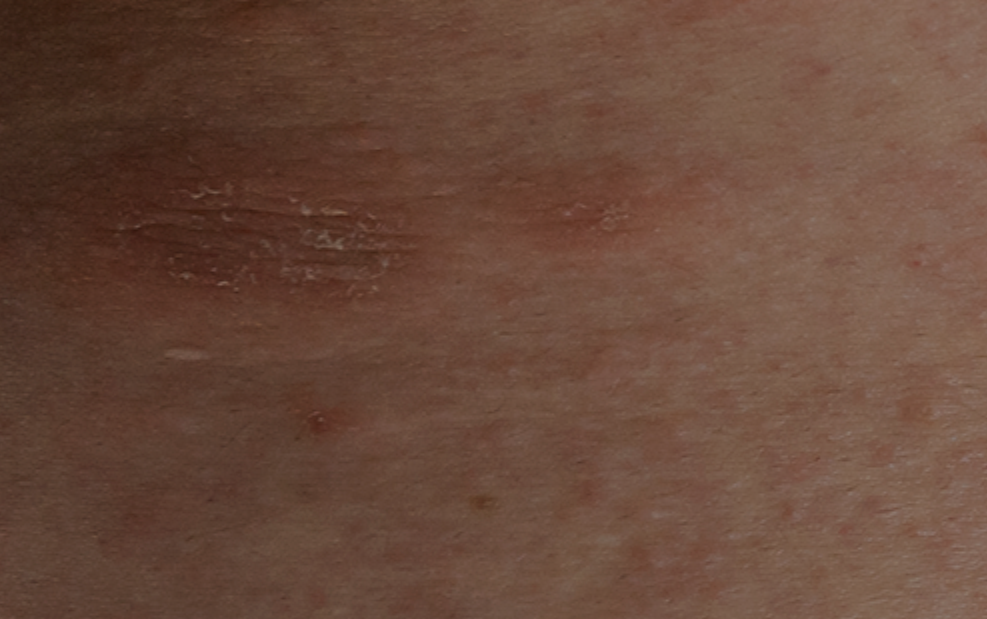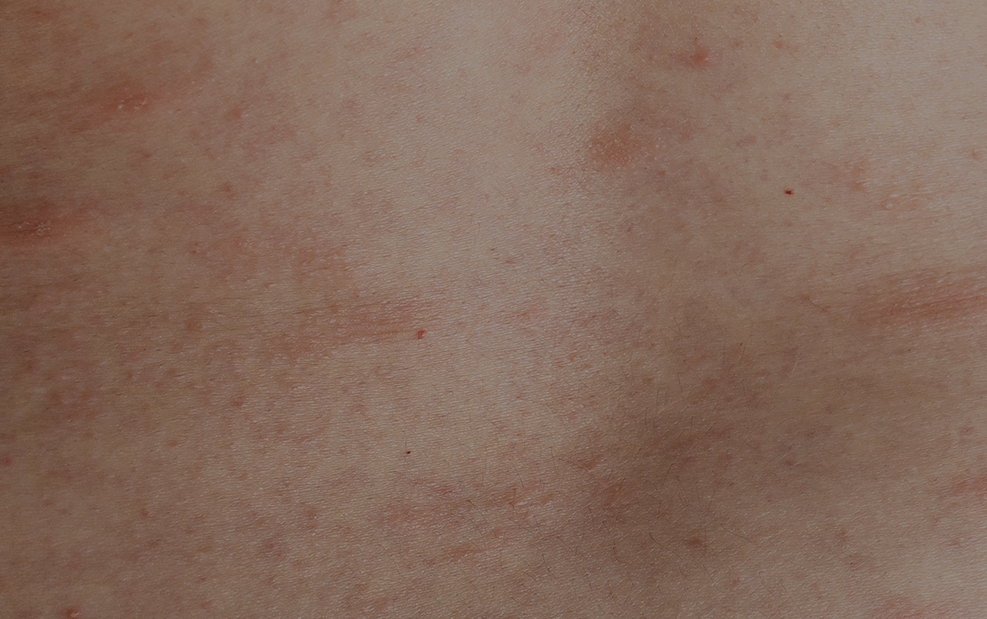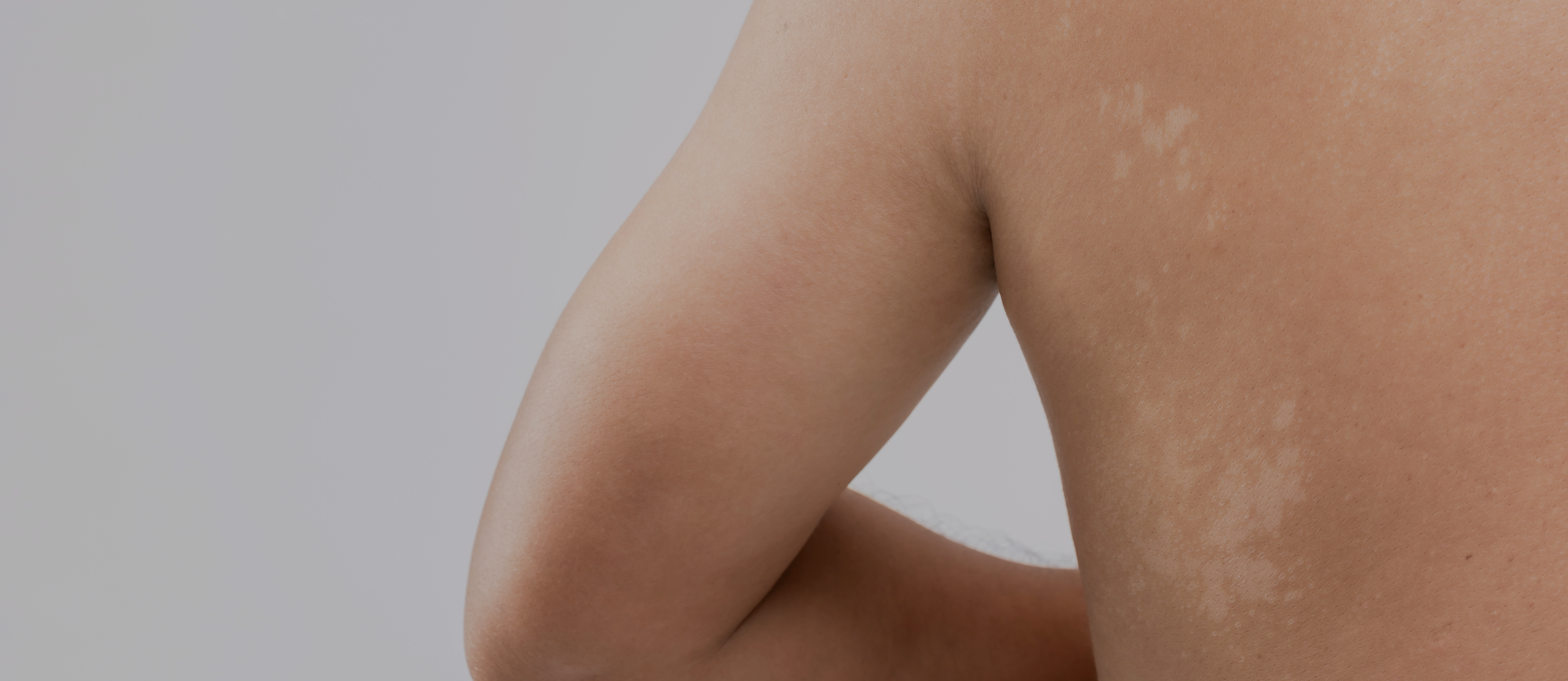
M C Sánchez-Hernández, M. T. Dordal, A. M. Navarro, I. Dávila, B. Fernández-Parra, C. Colás, C. Rondón, A. del Cuvillo, F. Vega, J. Montoro, M. Lluch-Bernal, V. Matheu, P. Campo, M. L. González, R. González-Pérez, A. Izquierdo-Domínguez, A. Puiggros, M. Velasco, A. Fernández-Palacín, A. Valero, SEAIC Rhinoconjunctivitis Committee 2014-2018
Eur Ann Allergy Clin Immunol. 2021 Jul 27. doi: 10.23822/EurAnnACI.1764-1489.231. Versión digital previa a la impresión.
Allergic conjunctivitis is a reaction of the conjunctiva of the eye due to IgE hypersensitivity. It is commonly associated with other allergic conditions, such as eczema, food allergy, but especially allergic rhinitis and asthma. Still, the relation between allergic conjunctivitis and allergic rhinitis and asthma needs to be understood.
This study aimed to classify allergic conjunctivitis in a patient population and evaluate the relationship between allergic conjunctivitis and asthma, using the Consensus Document for Allergic Conjunctivitis (DECA).
A total of 2914 participants of all ages who participated in the “Alergológica 2015” study were included. They were then divided into two age groups ≤14 and >14 years old. Of these, 965 participants were diagnosed with allergic conjunctivitis, classified by severe (1,8%), moderate (46,4%) or mild (51,8%), and as intermittent (51,6%) or persistent (48,4%). Allergic conjunctivitis was mainly associated with allergic rhinitis (88,4%), asthma (38,2%), food allergy (8,3%), and atopic dermatitis (3,5%). The duration and severity of allergic conjunctivitis were significantly related to allergic rhinitis for both age groups and asthma in adults.
In conclusion, the new DECA classification showed a direct relationship between allergic conjunctivitis, allergic rhinitis, and asthma, which suggests that it should be considered in the hypothesis of the one airway concept.


















